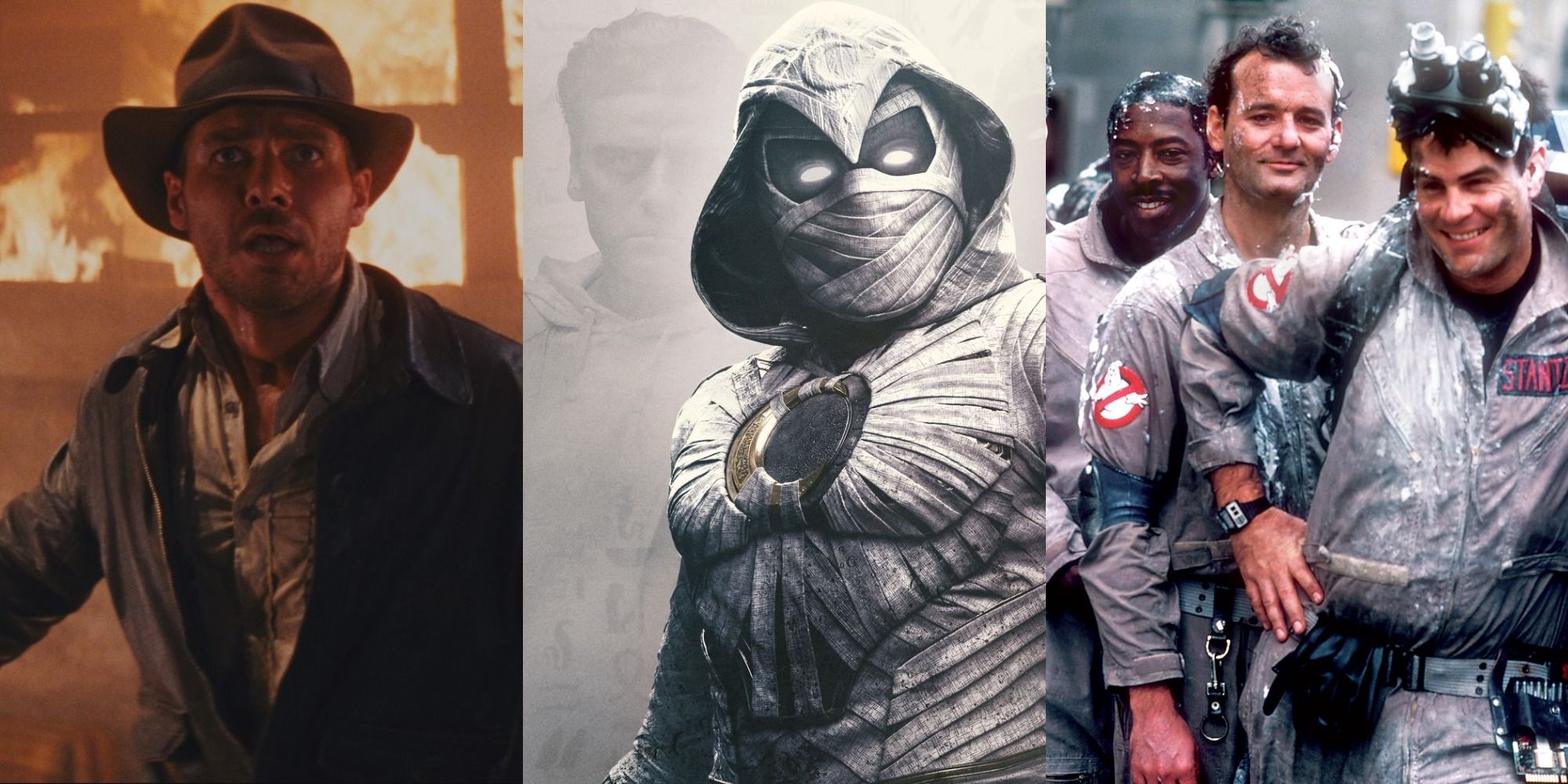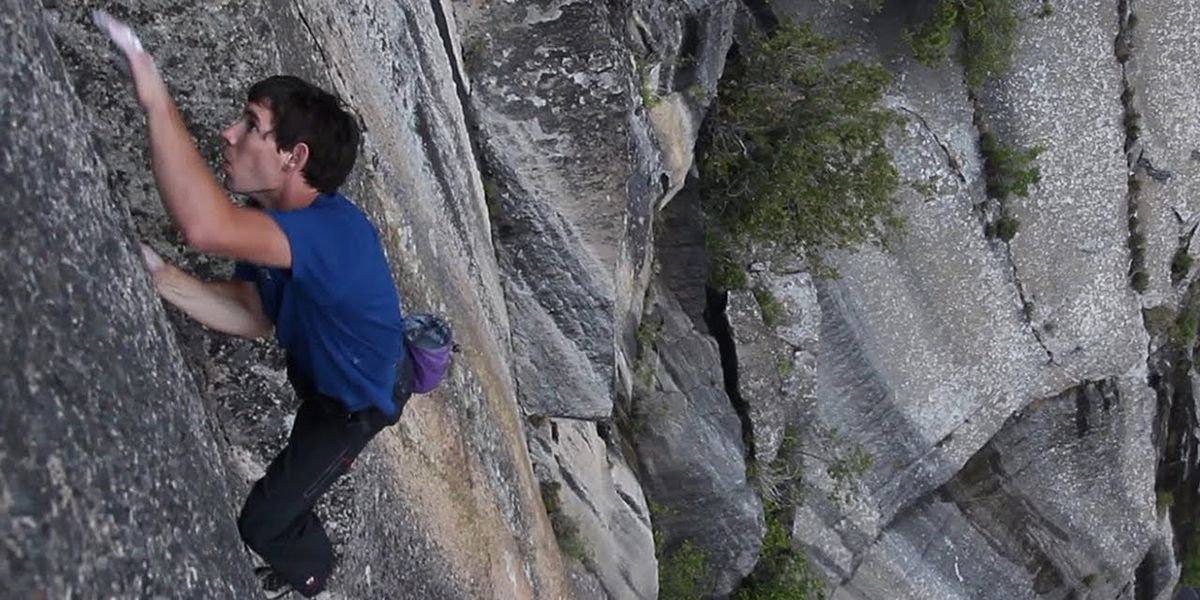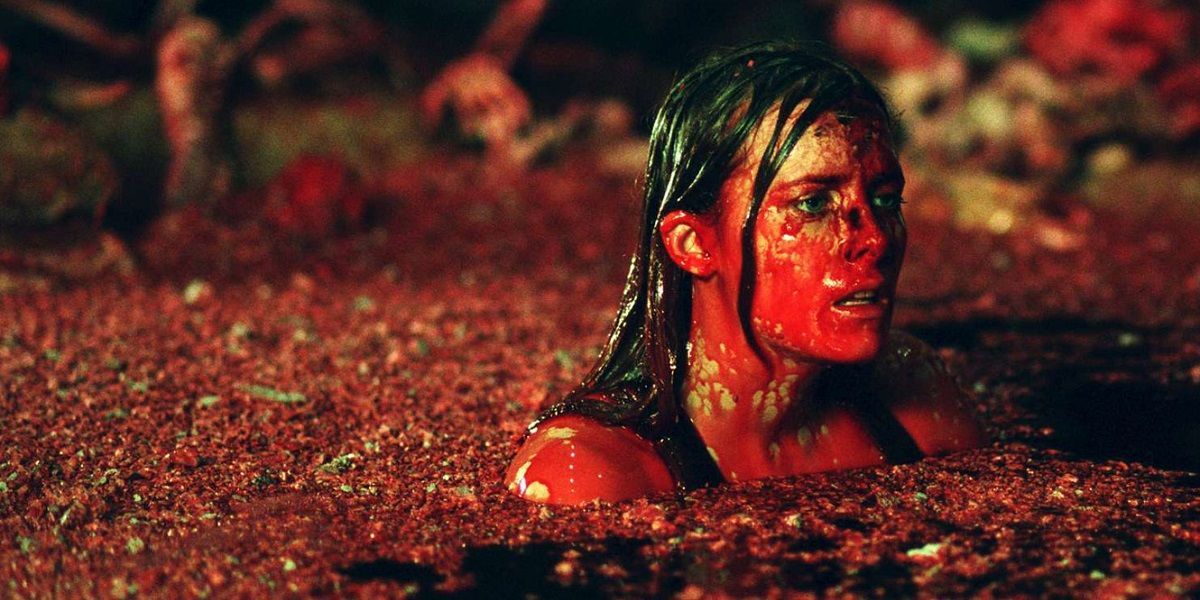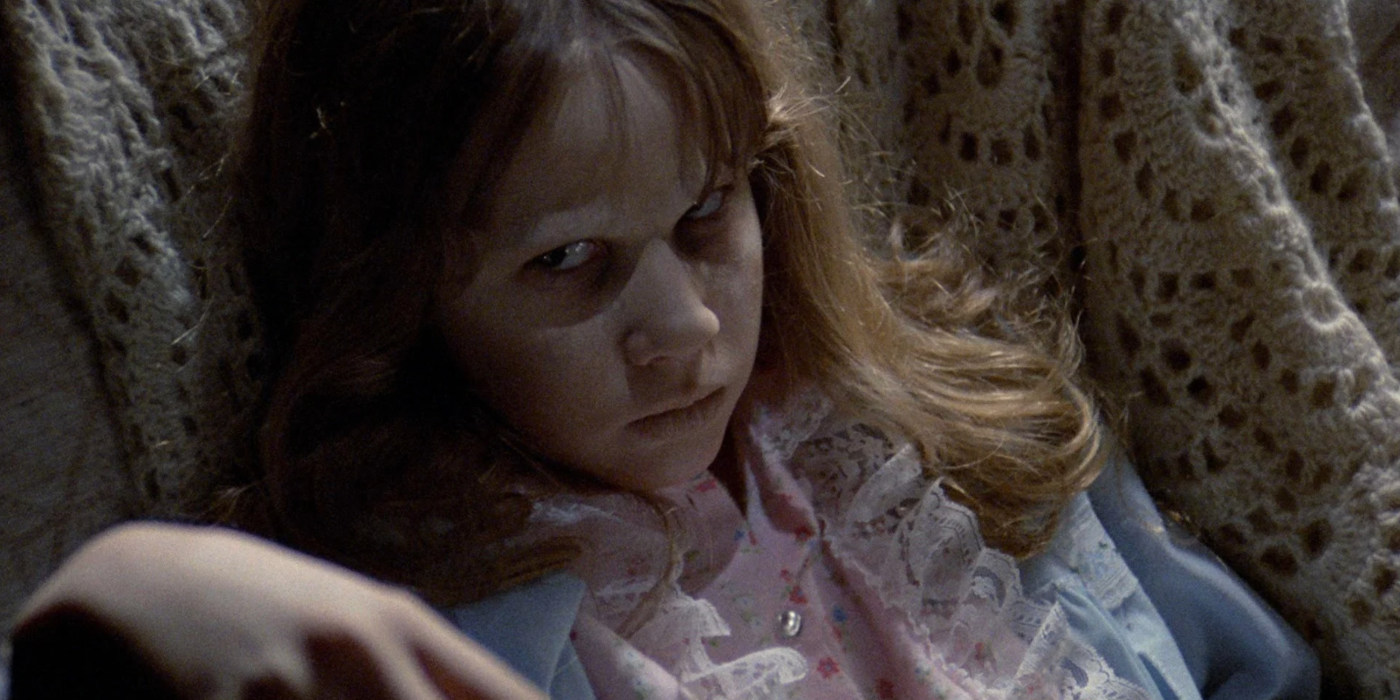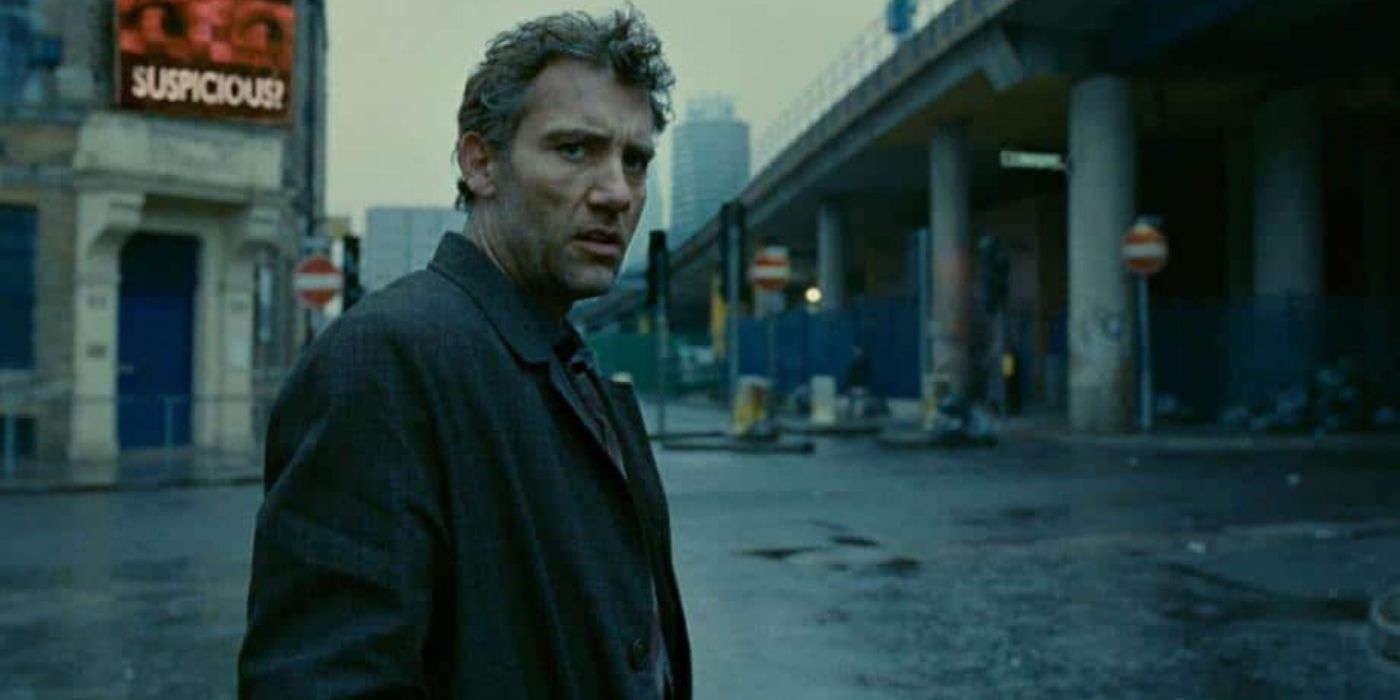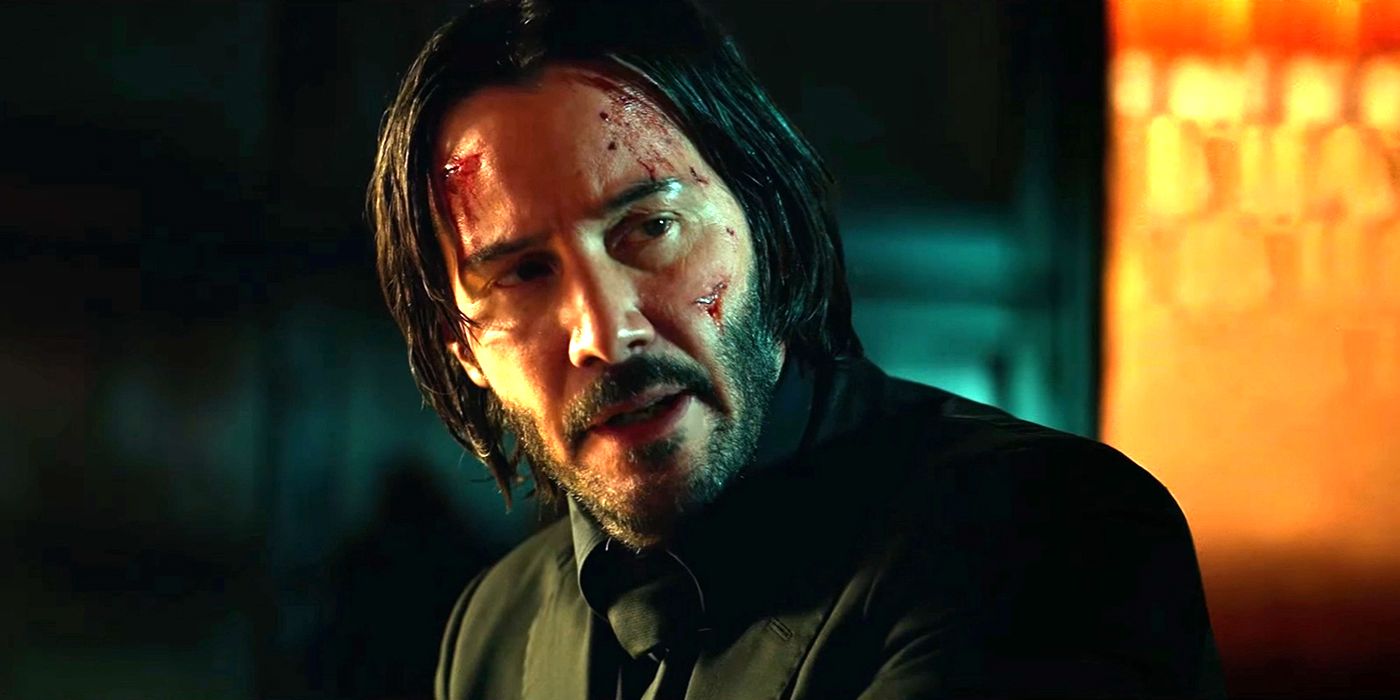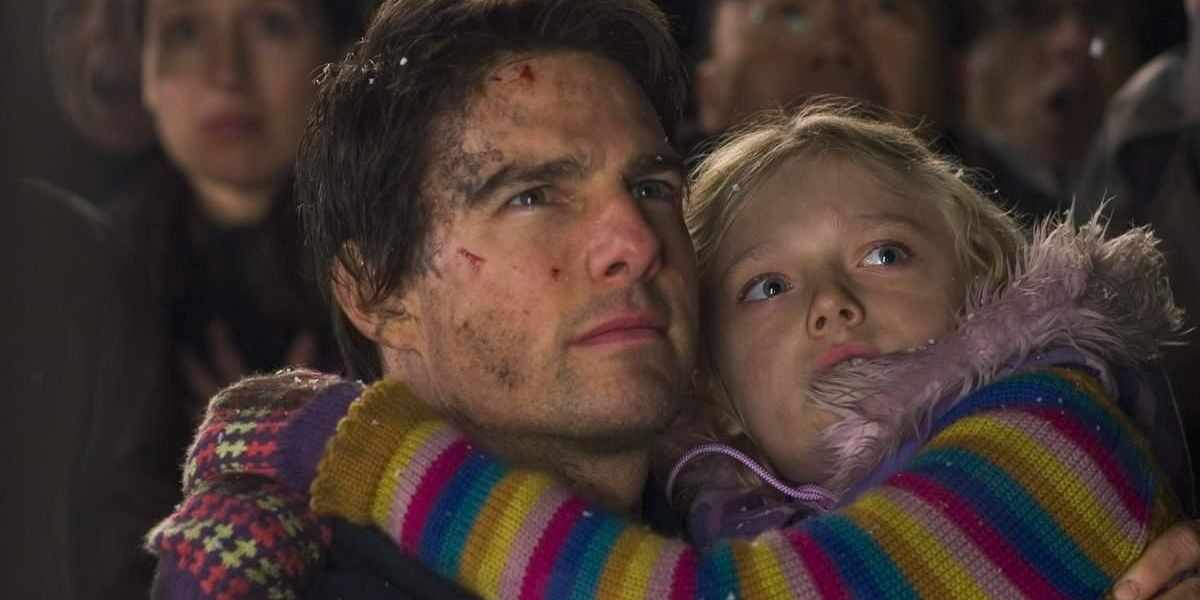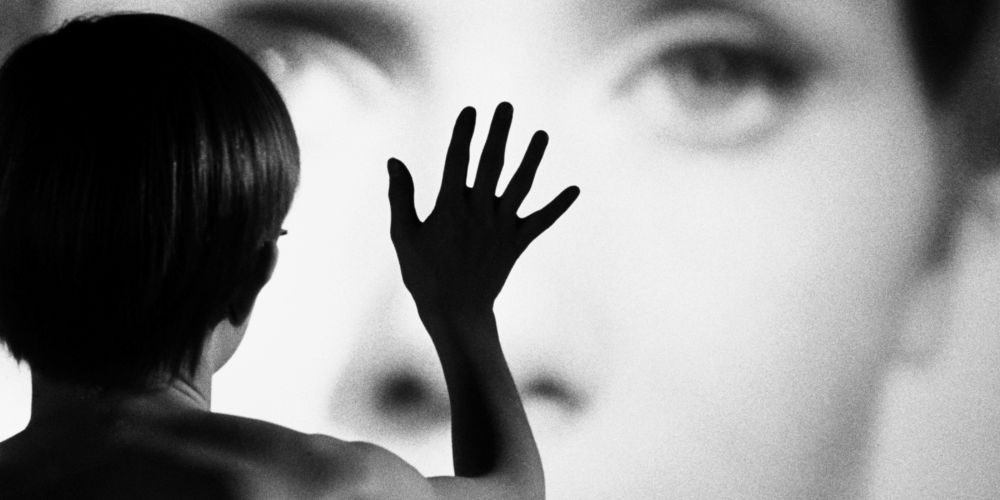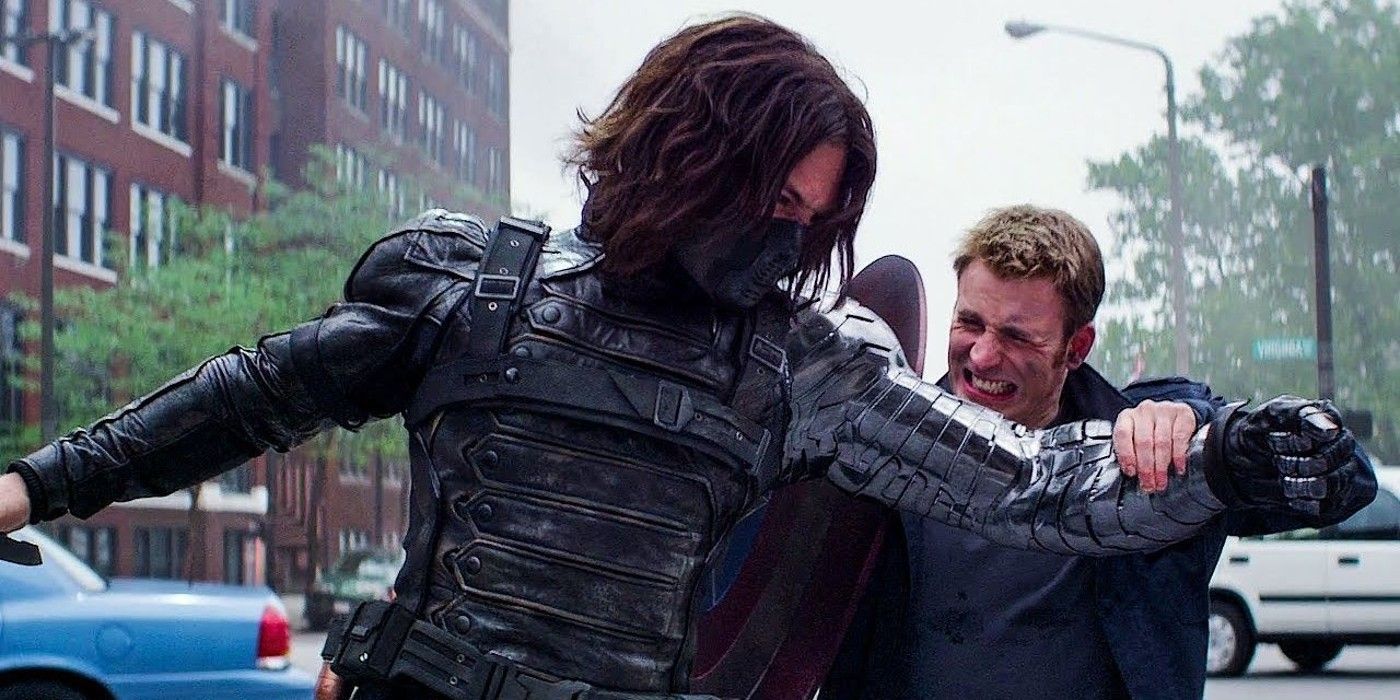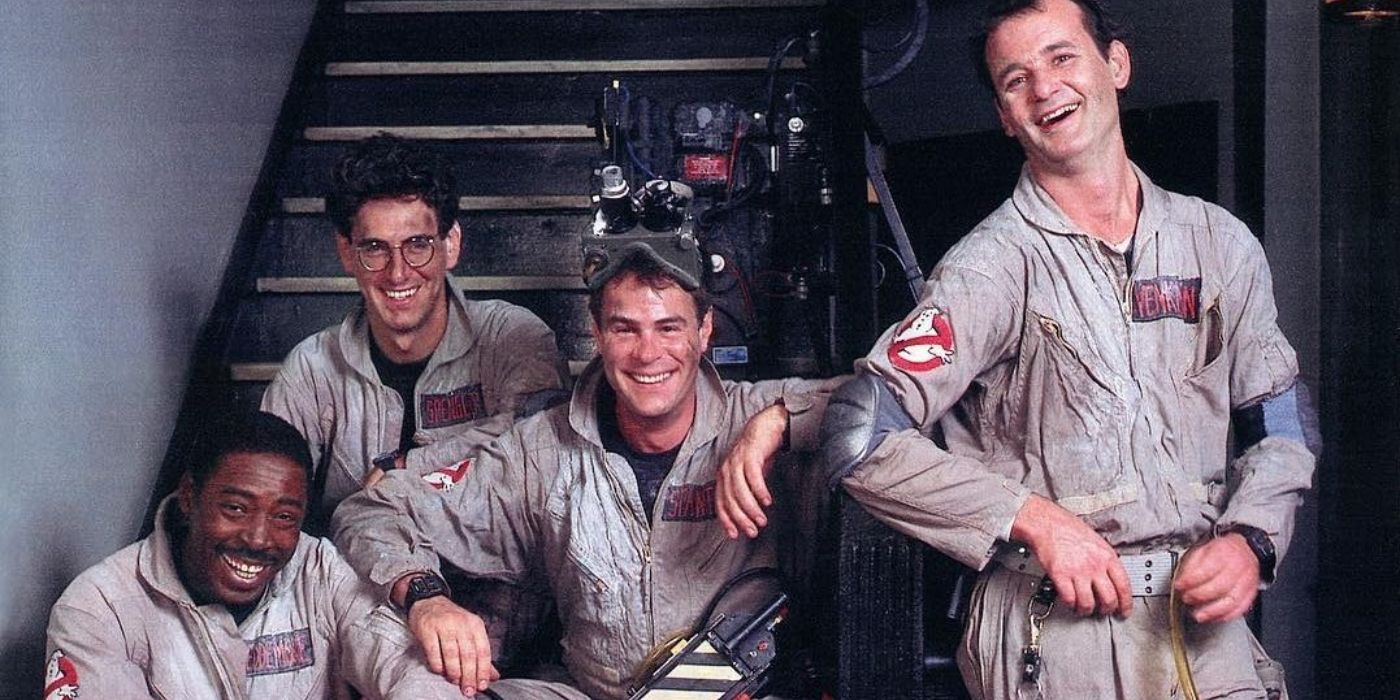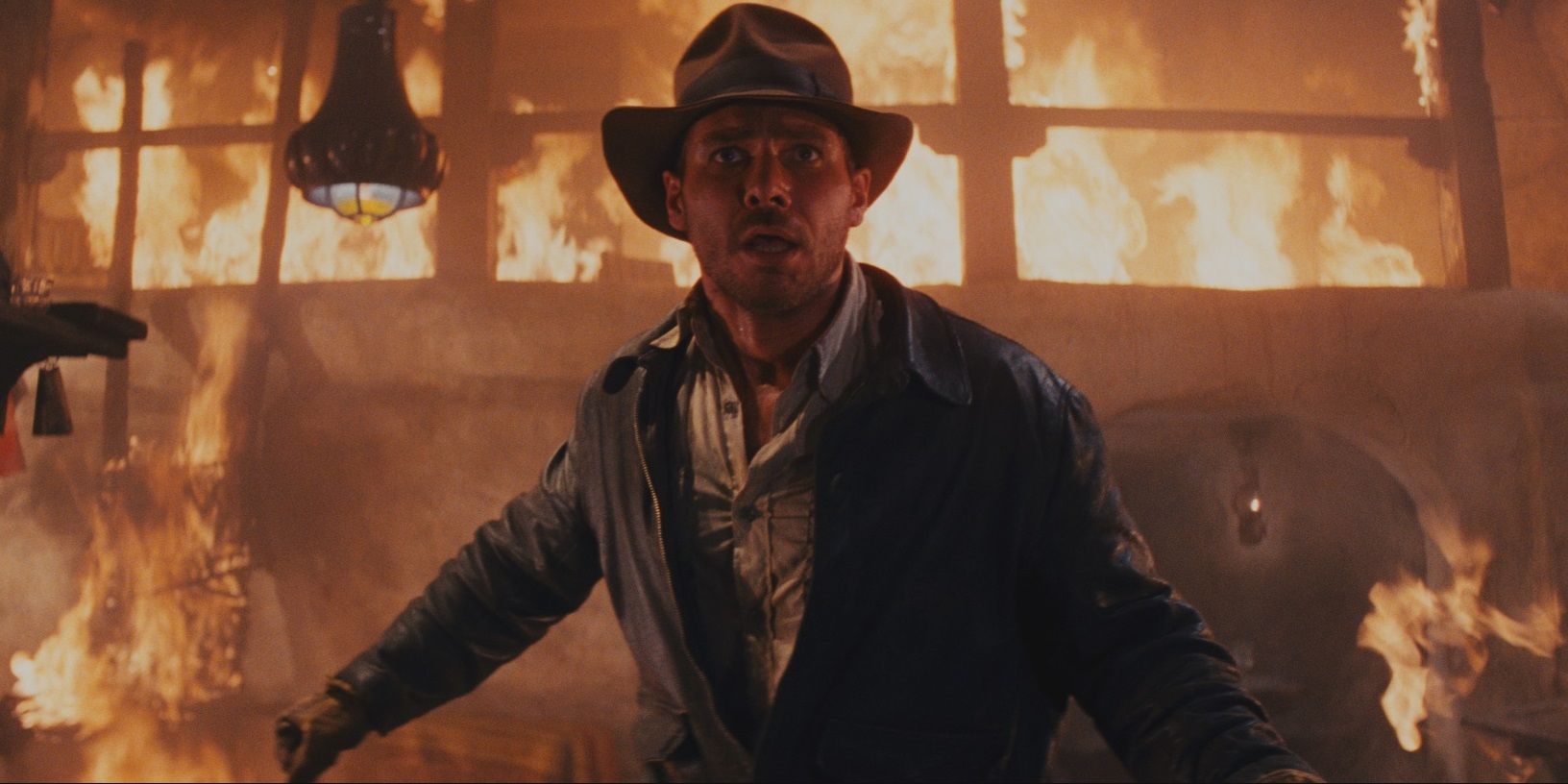Marvel's Moon Knight, streaming now on Disney+, has many elements that make it a compelling watch. The duality of Oscar Isaac's protagonist Marc Spector, the villainous turn of Ethan Hawke's Arthur Harrow, and the deep dive into Egyptian mythology are only a few examples. The series feels fresh and different, with creator Mohamad Diab taking great care to portray a new kind of hero.
Nostalgia often fuels many art forms, and Moon Knight is no different, with clear influences from action-adventure, horror, and sci-fi films that came before it. The callbacks to classic films that inspired the series creators make Moon Knight infinitely more interesting, and might warrant another re-watch. The show's creators recently gave an interview, detailing the influences that went into the MCU's latest Disney+ series (per SlashFilm).
Free Solo (2018)
Free Solo is an adventure documentary following the rock climbing feats of athlete, Alex Honnold, as he prepares to climb a Californian monolith sans equipment. Perhaps the biggest influence on Moon Knight is the miraculous wide shot camera angles that make the viewer feel every intense rush of adrenaline as the climber dares an incredible feat.
Where scope and scale are concerned, the show clearly takes influence from Free Solo. The use of wide-scope shots in episodes 3 and 4, when Marc and Layla traverse Cairo, echoes the breathtaking shots of the doc. Similarly, as the viewer is introduced to the world like Steven, the action feels just as disorienting when unusual things begin to happen, with clear parallels to the intensity of the action.
The Descent (2005)
2005's horror/thriller film, The Descent features a group of cave explorers who encounter sightless predators deep underground. The setting is in a cave system, and an overarching theme is the suspense and horror of the unknown. With its horror tropes, also present in Moon Knight, and parallels of dark spaces and fear of foreboding creatures, it's easy to see how this film inspired the series.
In Moon Knight's fourth episode, Layla traverses the ancient passageways of Giza, and the thriller elements are directly influenced by The Descent. Much like the jump scares between the cave explorers and the Crawlers, Layla's encounter with the mummies exudes the same thrill. The paranoia and suspense that builds when the main characters are in the dark, literally and figuratively, keep viewers thoroughly invested.
The Exorcist (1973)
In the horror classic's opening scene, a priest participates in an archeological dig in Iraq and encounters a demonic presence. This, of course, leads to the events of the film. The opening scene of The Exorcist was discussed in preparation for Moon Knight according to the creators, as the expertly crafted opening puts the viewer right into the action.
The horror elements set Moon Knight apart from previous Marvel entries. In both works, a protagonist comes face to face with deities that serve a greater purpose than initially seen. Steven Grant struggles with his own reality, leading viewers through scenes meant to disorient them. One scene leans heavily into the horror aspect, with Steven peering down an empty floor of his apartment to see Khonshu barreling towards him.
Children of Men (2007)
Alfonso Cuaron's Children of Men is a sci-fi thriller with a masterclass in marrying action and character development. The camera drops the viewer into the chaos, using long camera shots that capture the action. The film's use of single-shot action sequences keeps the focus on the protagonist and was a direct influence in helping Moon Knight feel anchored into the perspective of Isaac's character.
The perspective of Marc Spector and Steven Grant, although very different from the comic iteration, is vital to the show. Episode 4, "The Tomb" follows a standard action-adventure plot until the final ten minutes. The moment Marc and Steven physically embrace, the camera is kept on them completely in long shots, emphasizing the emotional moment of having them unite. From a cinematography lens, longer sequences allow the characters to experience the action as it's presented to them.
John Wick (2014)
The action sequences in John Wick are some of the most remembered in recent years, with audiences praising the action film. John Wick is praised for its grittier action scenes that feel more grounded while the audience feels every blow and punch on the screen. Like John Wick, Moon Knight's fight scenes feel organic.
Moon Knight definitely benefits from keeping the action grounded in reality and servicing the titular hero in his brutality. The action sequences of Moon Knight are focused on hand-to-hand combat, making them seem less fantastical than other Marvel fights. Making the action organic gives Marc Spector an edge that makes him more of a street-level hero.
War of the Worlds (2005)
Steven Spielberg's sci-fi epic War of the Worlds is a masterclass of camera work. A scene at the start of the film in which the aliens begin to attack Earth, the camera captures the fearful citizens through sweeping camera movements. Studying how Spielberg sets up the action in his films also helps establish character. By implementing aspects of Spielberg's directing style into the series, the creators have enriched the material.
The end of episode 2 sees Marc Spector coming face to face with Khonshu, and for the first few lines of dialogue, the camera sweeps around Marc as Khonshu speaks with him. Using a similar technique in going from a wide shot into a closeup here helps amplify Marc's relationship with Khonshu as he faces his celestial master. Using camera movements to establish a character's motives and emotions is a great Spielberg method, and the audience is sided with Marc from the start.
Persona (1966)
The bridge between Ingmar Bergman's Persona and Moon Knight is the crisis of identity. Persona is a psychological horror film exploring personal identity, insanity, and duality, with the focus on a nurse and her patient. A central topic of the film is the resemblance of the two lead characters, suggesting they are one and the same. With Marc Spector being an MCU hero with a double identity due to dissociative identity disorder, the theme of identity is clearly influential.
Parallels between Persona and Moon Knight are obvious, with Marc Spector and Steven Grant vying for control of the same body. The themes of personal identity and duality are represented in Isaac's double role, but the cinematography eludes to this. Throughout the show, mirrors and reflection illustrate the difference between the two. Questions of insanity are explored in episodes 4 and 5 when Marc Spector is told he's an asylum patient.
Captain America: The Winter Soldier (2014)
Marvel's Captain America: The Winter Soldier subverted expectations at the time of release, with the 1970's-esque political thriller vibe, and grittier tone making it a fan favorite. The hard-hitting action scenes felt different than anything Marvel had done before it. This new level of intensity became a blueprint for future Marvel films and allowed Moon Knight to lean into its brutality.
Like characters in Winter Soldier, Spector channels "emotional trauma through use of his fists" according to The Direct's interview with writer, Beau DeMayo, so Moon Knight's action brings to mind the type of violence popularized in Marvel's earlier entries.
Ghostbusters (1984)
The supernatural themes of Ghostbusters make it a clear influence on the Disney+ show. The comedy and fantasy elements make it a much-beloved '80s flick, relying on the classic hero vs. villain trope. Ghostbuster's engaging, fun characters and exciting adventure made it loveable to audiences and is possibly what made it a topic of conversation for Moon Knight's collaborators.
A big source of levity for the show is the bumbling naivety of Steven Grant, as he discovers a life he was always shielded from. Steven's role in this world of mercenaries and ancient gods endears him to the audience, and he characterizes the excitement of the show while giving audiences someone to relate to. The lighthearted moments of Moon Knight allowed the creators to project the tone and excitement of classic sci-fi flicks that inspired them.
Raiders of The Lost Ark (1981)
Steven Spielberg's Indiana Jones franchise is best remembered through 1981's Raiders of the Lost Ark. The entertaining action-adventure remains Spielberg's best film in the eyes of fans. This film is beloved for its nonstop action, with Indiana Jones traversing through jungles, and Egyptian deserts. The film's intrigue, excitement, and the theme of finding greater purpose, most closely resembles the Disney+ series.
Although fictional adventurer Dr. Steven Grant is a clear nod to Indiana Jones, the tone of the series aligns closely with Raiders. When the action of the show shifts to Egypt, Marc and Layla's tomb raider roles feel very reminiscent of Indiana and Marion. They traverse through the Pyramids of Giza, sleuthing for artifacts, with a villain hot in pursuit. In fact, when creators pitched the show to Disney, they presented it as a Raiders of the Lost Ark in the MCU (per GameRant).

